What Cost-Reduction Strategies Work Best for Material Handling?
Material handling equipment plays a key role in optimizing the workflow, reducing labor costs, and minimizing errors.
In the ever-evolving world of logistics and production, managing material handling efficiently is crucial for businesses to remain competitive and profitable. From lifting clamps to gantry cranes, various equipment can streamline the handling process, but with costs always being a consideration, it's essential to implement cost-reduction strategies. This article explores the most effective strategies for reducing costs in material handling while boosting productivity.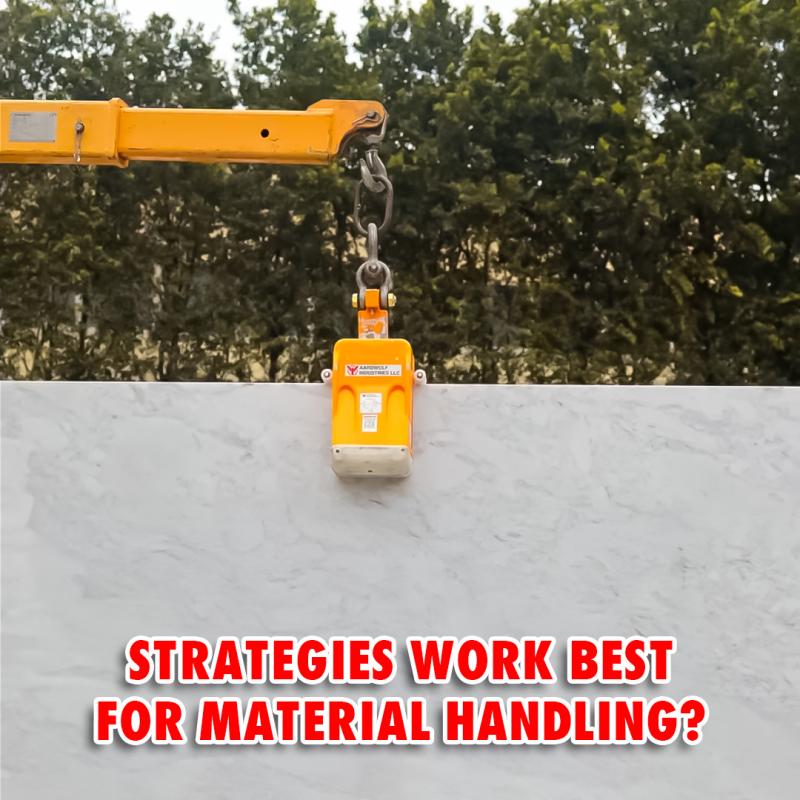
Understanding Material Handling Equipment
Material handling equipment encompasses a wide range of tools and machinery designed to move, store, protect, and control materials throughout the manufacturing, warehousing, distribution, consumption, and disposal stages. These tools are fundamental for improving efficiency, safety, and cost-effectiveness in industries like construction, logistics, and manufacturing.
The primary goal of material handling equipment is to automate and optimize tasks that would otherwise require substantial human effort. With advancements in technology, newer models are not only more efficient but also more cost-effective. By reducing the need for manual labor and increasing throughput, these machines contribute to an overall reduction in operating costs.
Types of Material Handling Equipment
Several types of material handling equipment are commonly used in industries. These include:
-
Lifting Clamps: Used to handle various materials, lifting clamps are especially important for the safe transportation of heavy or awkward loads. Choosing Aardwolf Slab Lifter which is perfect for lifting and handling slabs of granite and stone.
-
Vacuum Lifters: Vacuum lifters like the AVLP4-1000 are used to lift non-porous materials such as glass or metal sheets, reducing the risk of damage during transportation.
-
Scissor Lifters: These devices are used for lifting heavy loads to specific heights and can be particularly beneficial in lifting objects to elevated positions without the need for complex hoists or cranes. The Aardwolf Horizontal Scissor Lifter is a prime example, designed to make lifting and moving items easier.
-
Gantry Cranes: A crucial part of heavy material handling, gantry cranes are used for lifting and moving large loads across vast distances within a facility. They play a vital role in the movement of large materials in manufacturing settings.
-
Ratchet Tie-Down Straps: Essential for securing loads during transportation, ratchet tie-down straps help prevent load shifting, ensuring safety and stability during transport.
The Key of Material Handling Equipment
Selecting the right material-handling equipment is essential to achieving cost reduction while maintaining productivity. With the right equipment, businesses can improve throughput, reduce human error, and eliminate downtime. Choosing the right material handling equipment can ensure better space utilization and reduce the risk of damage to products, saving money on replacements and repairs.
Cost-Reduction Strategies in Material Handling
There are several strategies businesses can implement to reduce costs related to material handling. From investing in the right equipment to optimizing workflows, here are some key approaches:
1. Invest in Automation and Advanced Technology
One of the most effective ways to reduce costs in material handling is to invest in automated systems. Automated systems, such as electric vacuum lifters and automated lifting clamps, can replace manual labor, significantly reducing human error and operational costs.
For instance, electric vacuum lifter Pro AVLP4-1000 can handle heavy lifting tasks efficiently, without the need for multiple workers or forklifts. This equipment can also improve safety and minimize accidents in the workplace, thus lowering healthcare costs related to injuries.
2. Implement Preventive Maintenance
Regular maintenance of equipment ensures that it remains in good working condition, preventing unexpected breakdowns that could result in downtime and costly repairs. Preventive maintenance can extend the life of equipment such as gantry cranes and scissor lifts, which can be expensive to replace. Ensuring equipment operates at peak efficiency can also optimize performance and reduce energy consumption, further lowering operational costs.
3. Optimize Warehouse and Inventory Layout
Efficient warehouse design plays a pivotal role in material handling. An optimized layout minimizes the distance materials need to travel, improving the speed and efficiency of handling operations. Using gantry cranes to move materials across a well-planned warehouse layout can significantly reduce handling time and associated costs.
4. Employee Training and Efficiency
Proper training for employees is critical in reducing accidents and improving the efficiency of material handling operations. Well-trained staff can operate equipment more efficiently, reducing time spent on tasks and minimizing the risk of damage to materials.
Additionally, training employees on the best practices for using equipment such as ratchet tie-down straps can prevent costly mistakes, such as load shifting during transport. Learn how to choose the best ratchet tie-down straps to secure your loads and ensure the safety of transported materials.
5. Use of Specialized Equipment
Investing in specialized equipment tailored to your specific material-handling needs can also reduce costs. For example, using a slab lifter designed specifically for handling stone slabs can reduce the labor involved in lifting and moving materials. The Aardwolf Slab Lifter ensures that materials are lifted without damage and are transported safely, reducing the chance of accidents and the need for replacements.
6. Reduce Energy Consumption
Electric-powered material handling equipment, such as vacuum lifters, generally consumes less energy compared to their pneumatic or hydraulic counterparts. By switching to energy-efficient equipment, companies can lower their energy bills and reduce their environmental impact.
Conclusion
Material handling is a critical part of any business that deals with large quantities of goods. By implementing cost-reduction strategies such as investing in automation, maintaining equipment properly, optimizing workflows, and training employees, businesses can reduce their overall material handling costs.
Investing in the key of material handling equipment—such as right overhead gantry cranes, articulated jib cranes, vacuum lifters, and slab lifters—is key to improving productivity and reducing operational expenses. By selecting the right tools and focusing on energy efficiency, companies can stay competitive while optimizing their material-handling systems.













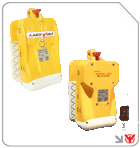

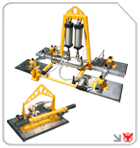
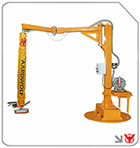
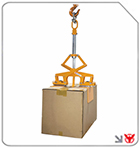
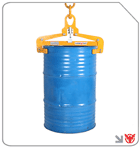

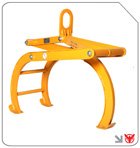

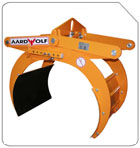
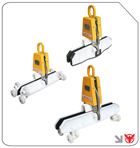

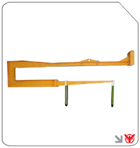
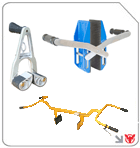
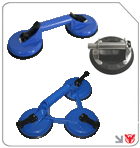

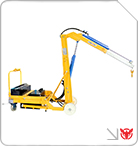

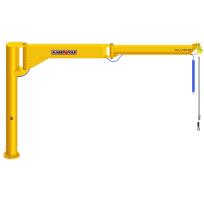
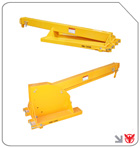
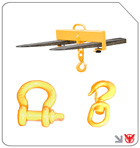
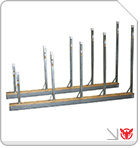
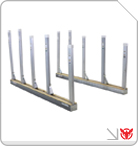
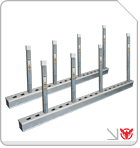



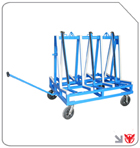

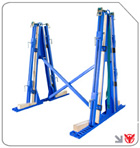
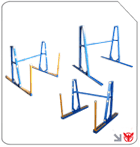
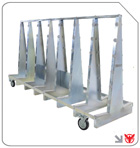
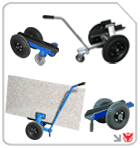


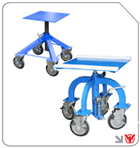




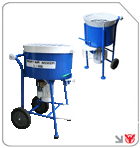

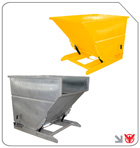

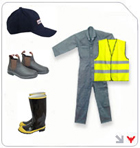
Follow us on: